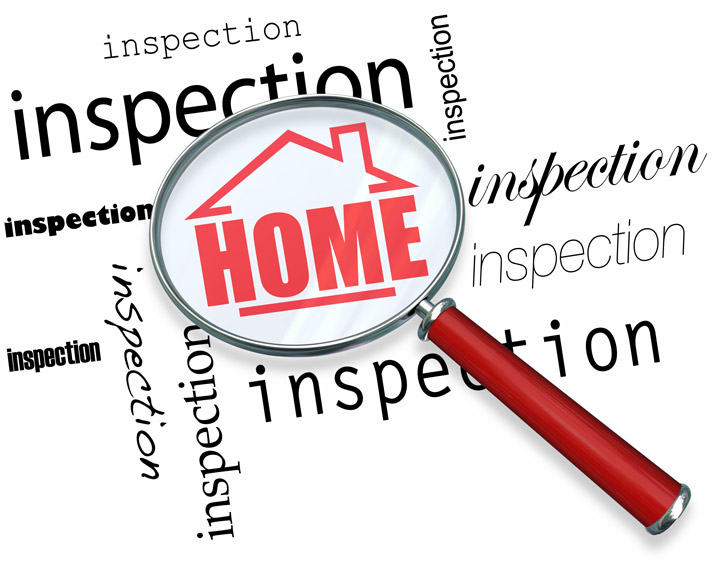Real Estate Appraisals: A PrimerA home purchase is the largest transaction most people might ever make. It doesn't matter if a main residence, a seasonal vacation home or a rental fixer upper, the purchase of real property is a detailed transaction that requires multiple parties to make it all happen. You're likely to be familiar with the parties having a role in the transaction. The most recognizable person in the exchange is the real estate agent. Next, the lender provides the financial capital required to bankroll the deal. The title company sees to it that all areas of the transaction are completed and that a clear title transfers from the seller to the buyer. To determine the true status of the property, it's our duty to first complete a thorough inspection. We must see aspects of the property hands on, such as the number of bedrooms and bathrooms, the location, amenities, etc., to ensure they really are there and are in the shape a typical buyer would expect them to be. The inspection often includes a sketch of the house, ensuring the square footage is proper and illustrating the layout of the property. Most importantly, we look for any obvious amenities - or defects - that would have an impact on the value of the property. Back at the office, we use two or three approaches to determining the value of real property: sales comparison and, in the case of a rental property, an income approach. 
Cost ApproachHere, we use information on local building costs, labor rates and other elements to determine how much it would cost to replace the property being appraised. This figure commonly sets the upper limit on what a property would sell for. It's also the least used method. Analyzing Comparable SalesAppraisers become very familiar with the communities in which they work. They innately understand the value of particular features to the people of that area. Then, the appraiser researches recent sales in the area and finds properties which are 'comparable' to the real estate at hand. By assigning a dollar value to certain items such as fireplaces, room layout, appliance upgrades, additional bathrooms or bedrooms, or quality of construction, we adjust the comparable properties so that they more accurately portray the features of subject property.
An opinion of what the subject might sell for can only be determined once all differences between the comps and the subject have been evaluated. At Bay Shore Appraisal, Inc., we are an authority when it comes to knowing the value of real estate features in Aylett and Essex County neighborhoods. The sales comparison approach to value is usually given the most importance when an appraisal is for a real estate purchase. Valuation Using the Income ApproachA third method of valuing a property is sometimes applied when a neighborhood has a measurable number of renter occupied properties. In this scenario, the amount of income the property produces is factored in with other rents in the area for comparable properties to derive the current value. Arriving at a Value ConclusionCombining information from all applicable approaches, the appraiser is then ready to state an estimated market value for the property at hand. The estimate of value at the bottom of the appraisal report is not always the final sales price even though it is likely the best indication of what a property is worth. Depending on the specific situations of the buyer or seller, their level of urgency or a buyer's desire for that exact property, the closing price of a home can always be driven up or down.But the appraised value is often employed as a guideline for lenders who don't want to loan a buyer more money than they could get back in the event they had to sell the property again. At the end of the day, an appraiser from Bay Shore Appraisal, Inc. will help you discover the most fair and balanced property value, so you can make the most informed real estate decisions. |